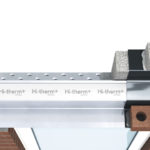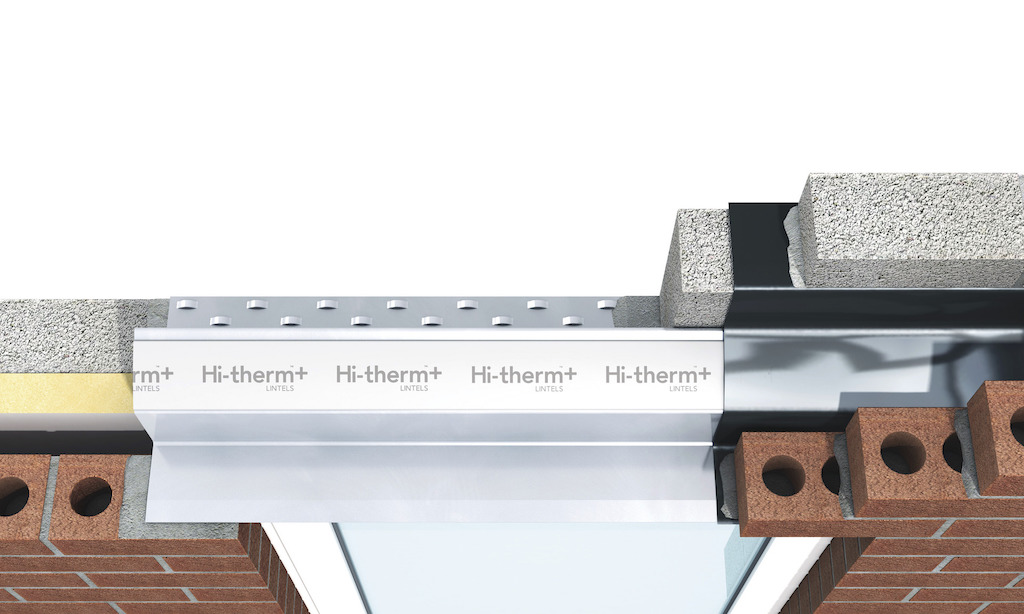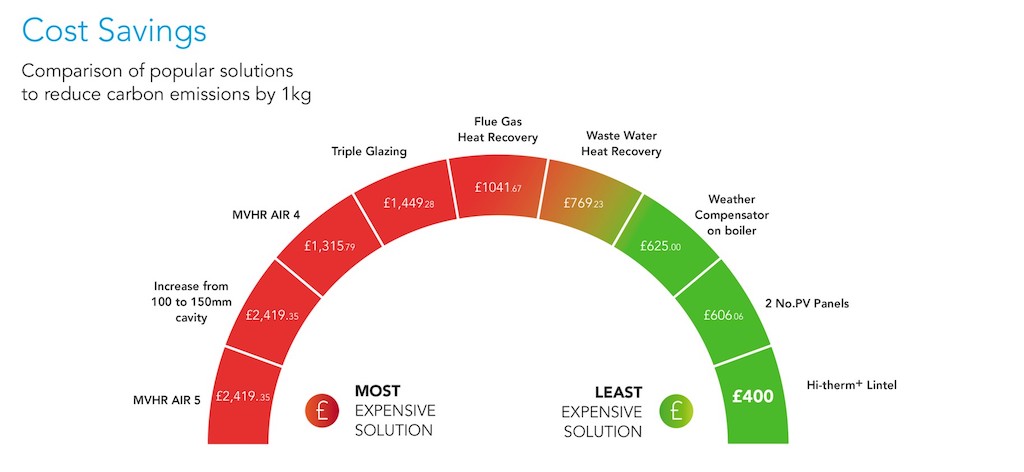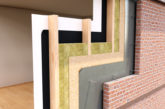With thermal bridging responsible for up to 30% of a home’s heat loss, which thermally-efficient solutions are available to the specifier in terms of a building’s lintel specification? Keystone Lintels provides insight into the fabric-first approach to design, and how a one-piece thermally-efficient lintel can significantly improve SAP ratings and eliminate the need for costly renewable technologies.
The fabric first approach to building design can maximise the energy performance of the structure itself and requires little or no maintenance. When the components and materials within the fabric of a building are installed correctly, it’s considered to be more sustainable than installing energy saving technology or renewables. The better or lower the U-values in walls, floors and roofs, the less heat is lost, resulting in enhanced thermal performance. This in turn will help to deliver the standards required.
Thermal bridging
Taking time for the details will also make a difference in the fabric-first approach. For example, ensuring junctions are appropriately designed and constructed, as this makes a significant contribution to reducing heat loss. In terms of lintels, a thermal bridge occurs when a lintel spans between the inner and outer leaf of a cavity wall, allowing heat loss which ultimately leads to a drop in internal temperature and an increased demand for heating. This can increase the risk of surface condensation and mould growth.
The other concern in terms of thermal bridging is that we are neither building consistently what we design, nor detailing the right products in the right places. There are also issues with site skills and workmanship; when you fail to build correctly it undermines the good work carried out in the first instance. This can lead to a performance gap between as-designed and as-built building performance. It is why these weak spots can significantly impact a building’s heat loss and have a detrimental effect on the overall fabric efficiency of the external wall.
Thermal continuity
With many two-piece lintels, there is an issue with a lack of continuity of insulation. To ensure the insulation is continued all the way down to the cavity closer, it is necessary to cut a piece of insulation to fit beneath the DPC membrane. This detailing is difficult and cumbersome on site and quality control issues can occur. There are solutions to address this. For instance, the Hi-therm+ Lintel is prefabricated and fitted with PIR insulation, ensuring insulation continuity and eradicating poor detailing on site.
Hi-therm+ incorporates a thermal break and is up to five times more thermally efficient than a standard steel lintel. Hi-therm+ is a cost-effective solution, particularly if we look beyond the unit price, as getting the fabric right will save energy throughout the entire lifespan of the house.
The Hi-therm+ Lintel has made a significant impact on the thermal efficiency of homes and is specified on many housebuilder projects around the UK due to its low cost and improved performance in lowering carbon emissions within the Standard Assessment Procedure (SAP).
Buildability
Unlike a two-part solution the simplicity of a one-piece, structurally superior top hat design assists stability between the internal and external leaves and creates stability throughout the building process. Furthermore, a split lintel does not have an angled profile, meaning the Damp Proof Course (DPC), if installed incorrectly, can droop and cause a build-up of water in the cavity. As stop ends are not generally installed, this build-up of water can then run down the side of the lintel and into the cavity. Due the top hat profile of Hi-therm+, water will naturally run off toward the external leaf and the weep vents.
The importance of lintels should not be understated. The Hi-therm+ Lintel has a positive impact on the SAP calculation due to its low thermal conductivity performance, which contributes towards its Psi value of between 0.03 & 0.06 W/m.K. This makes it a sustainable solution for specifiers aiming to achieve building regulations with the fabric-first approach. When you consider the BRE has found that thermal bridging can account for up to 30% of heat loss from buildings, then paying close attention to the details and structural elements such as lintels can have a huge impact on the overall thermal performance of a building.
The current energy crisis means households are faced with eye-watering gas and electric bills. This is why making homes more energy efficient through a fabric-first approach will go some way to locking in savings for the lifetime of a building, reducing energy costs and achieving our climate change targets. Now is the time to start creating high performance building envelopes through the specification of materials and components which deliver where others cannot – as this can be the difference between a sustainable home and one that is energy inefficient.












